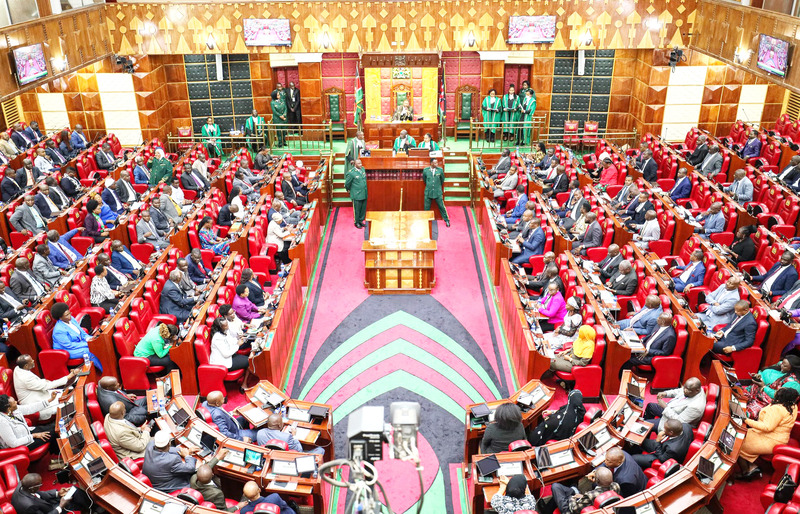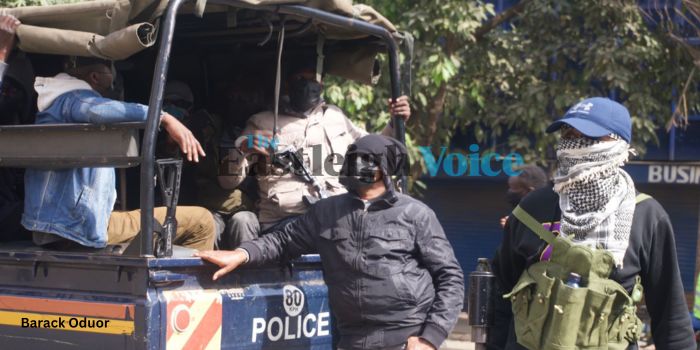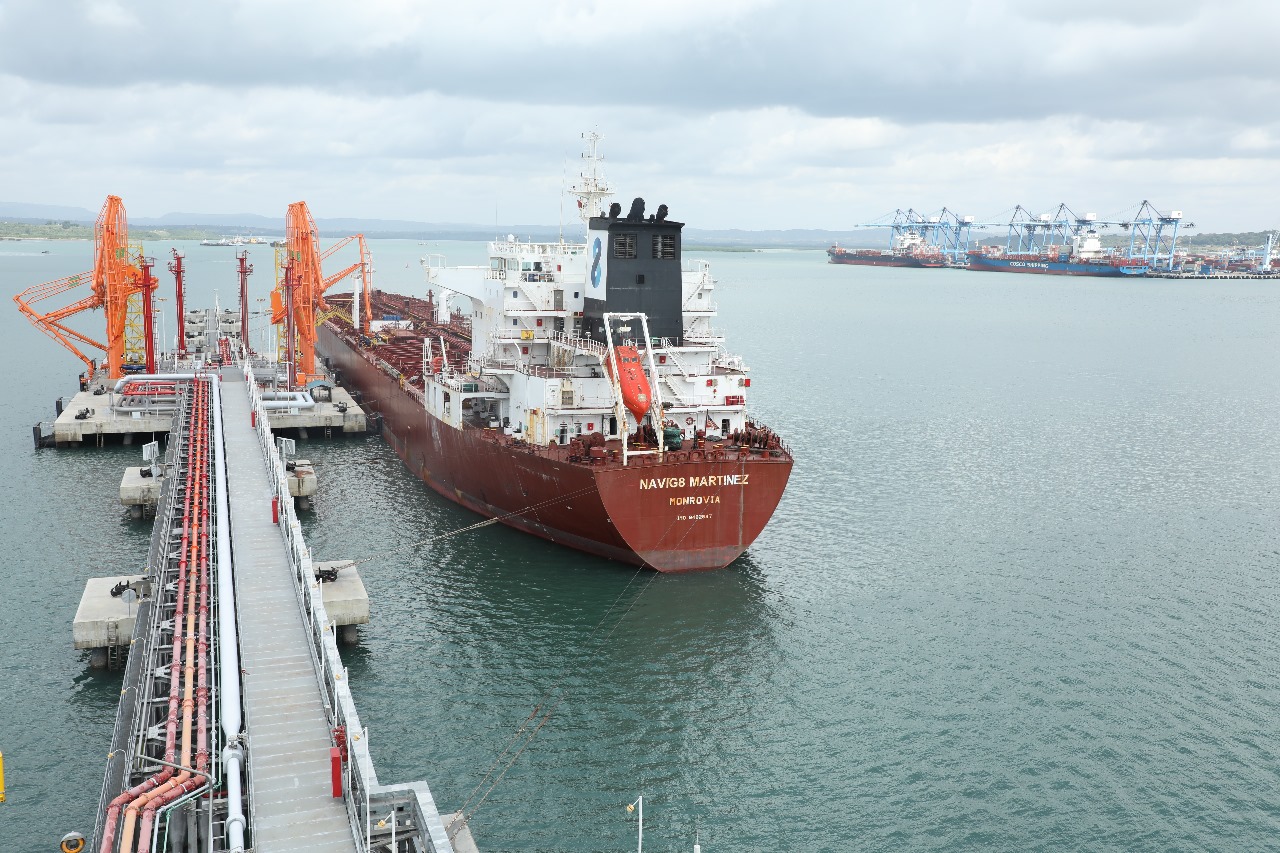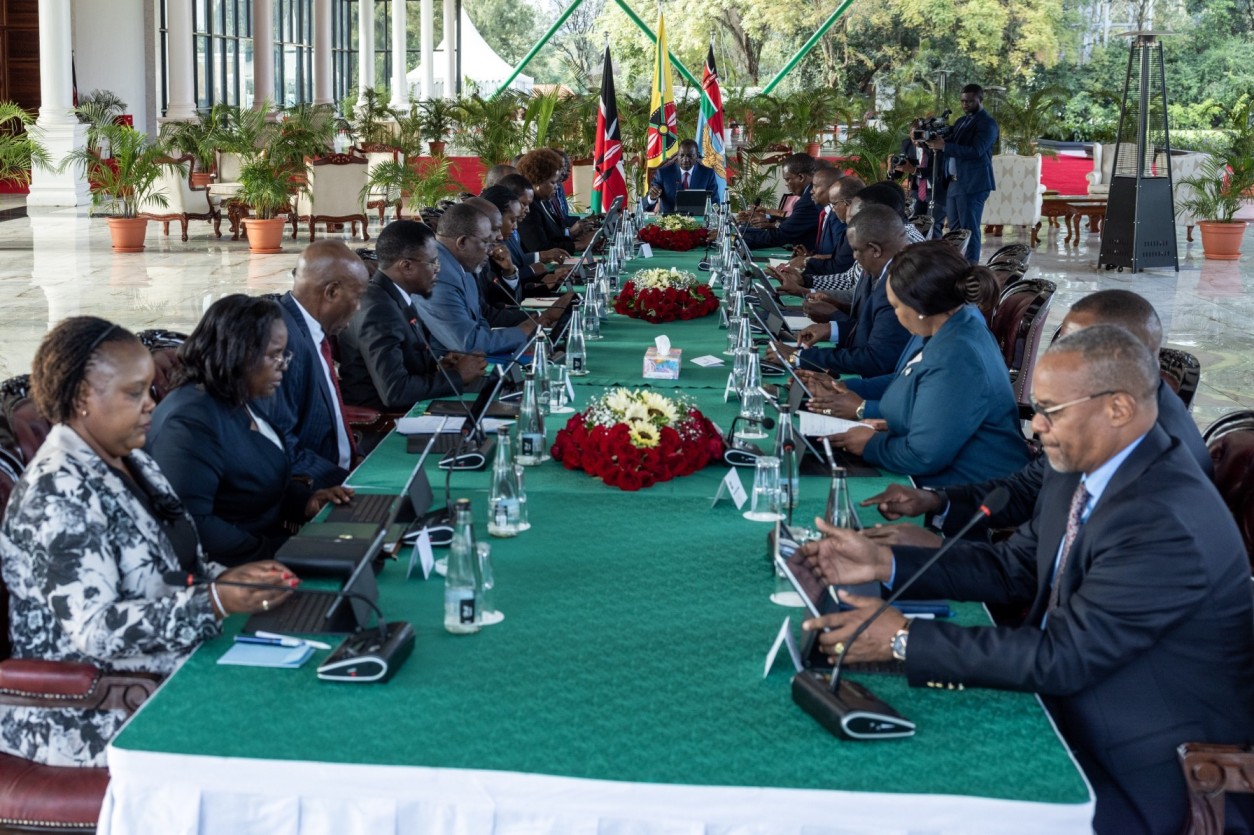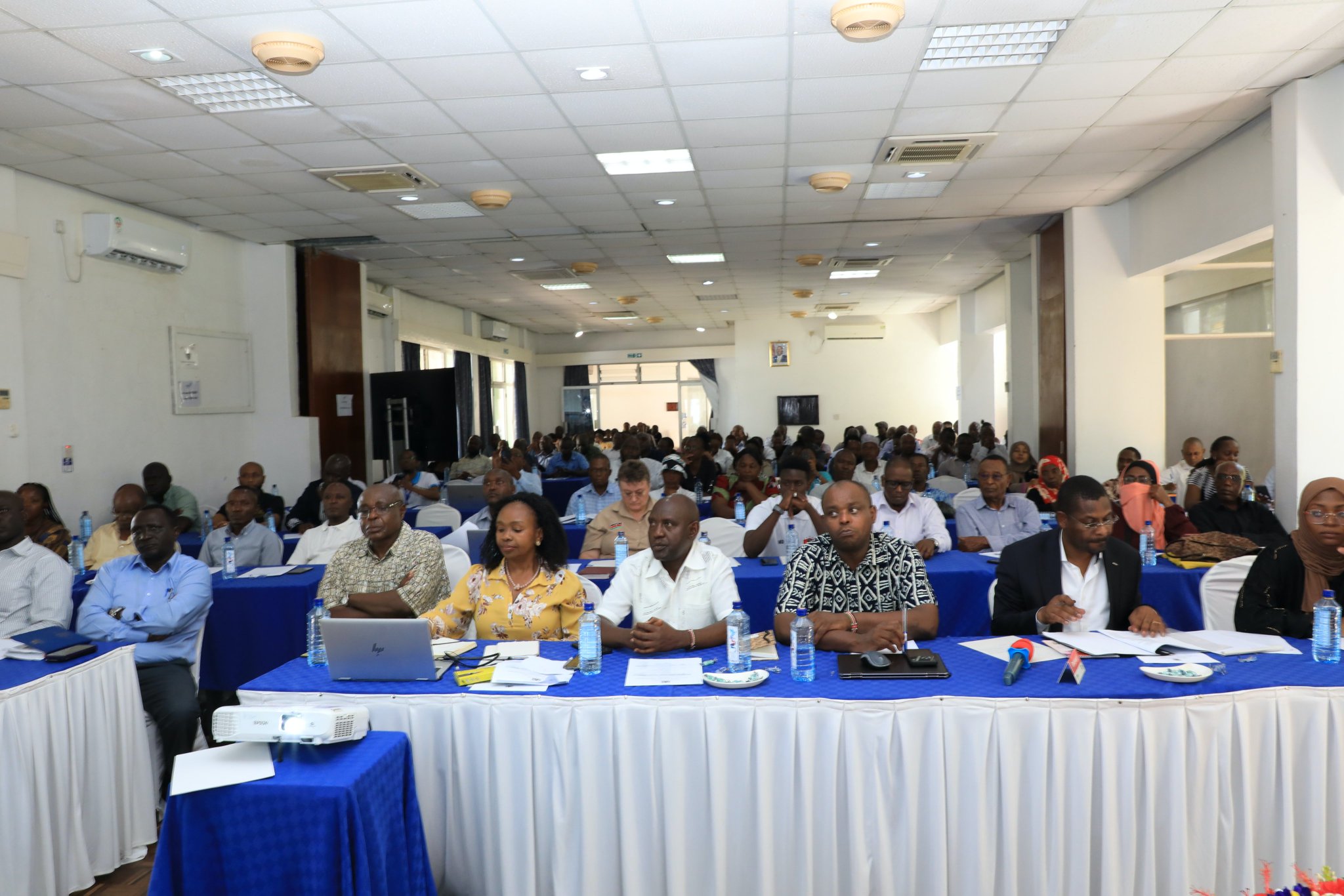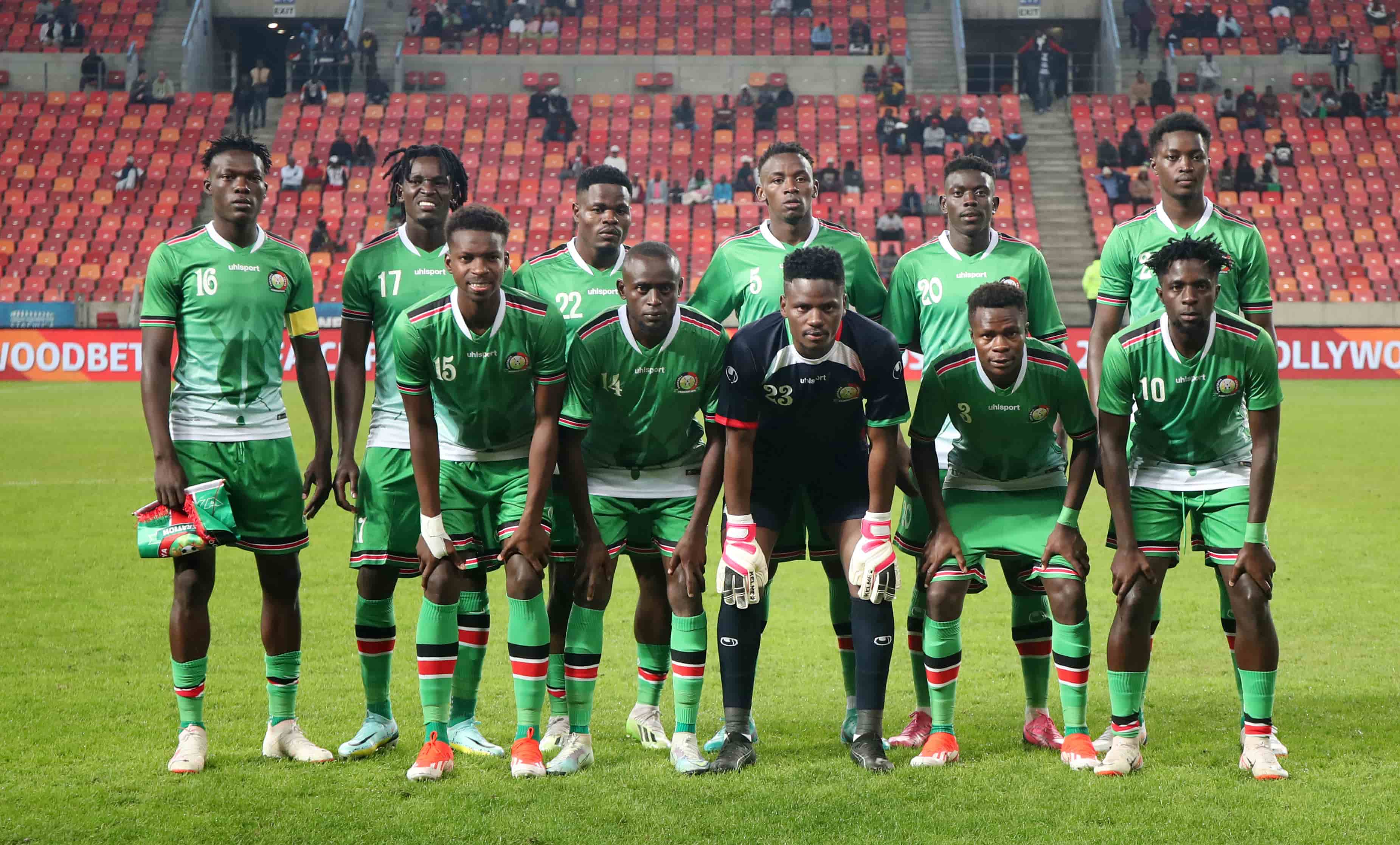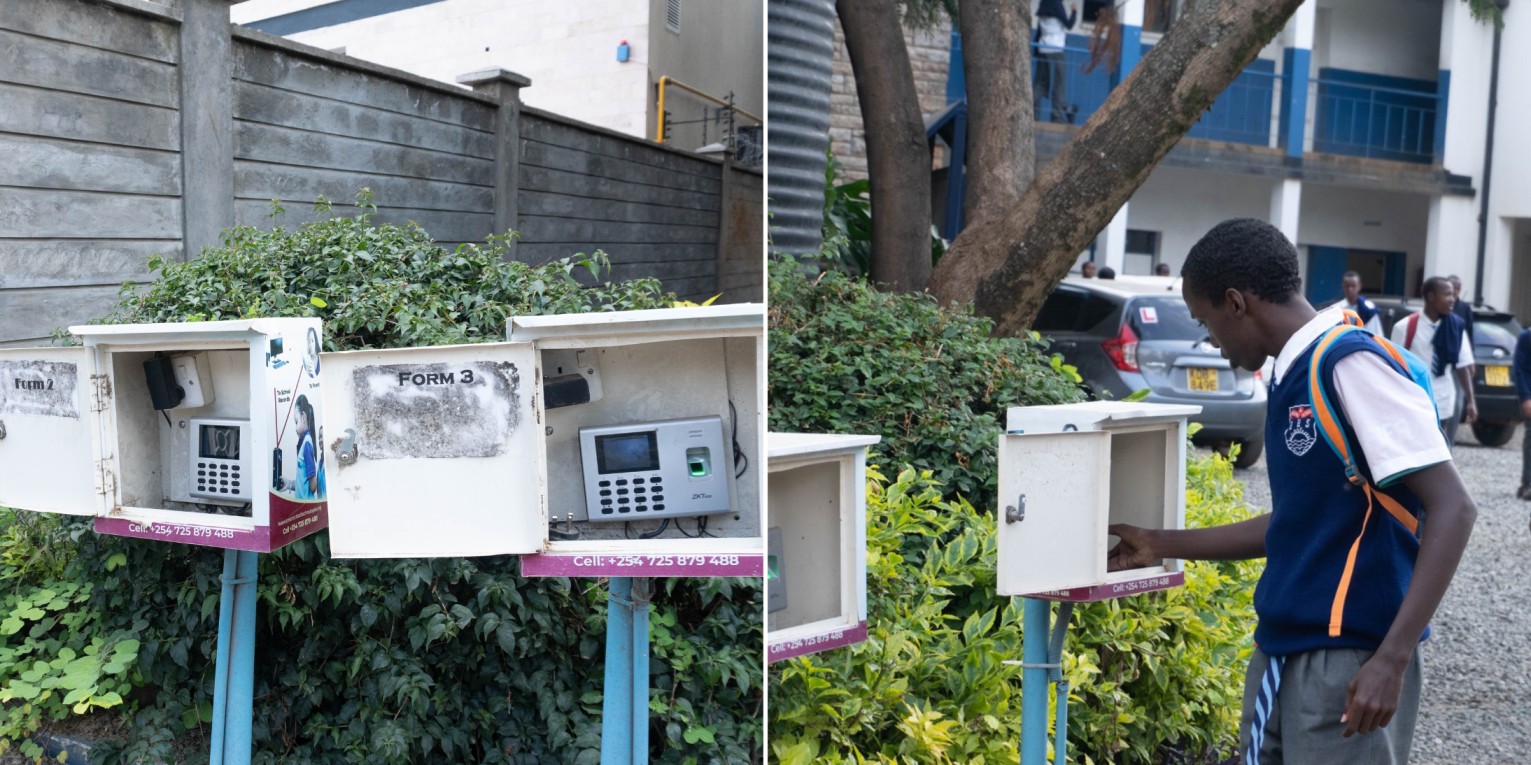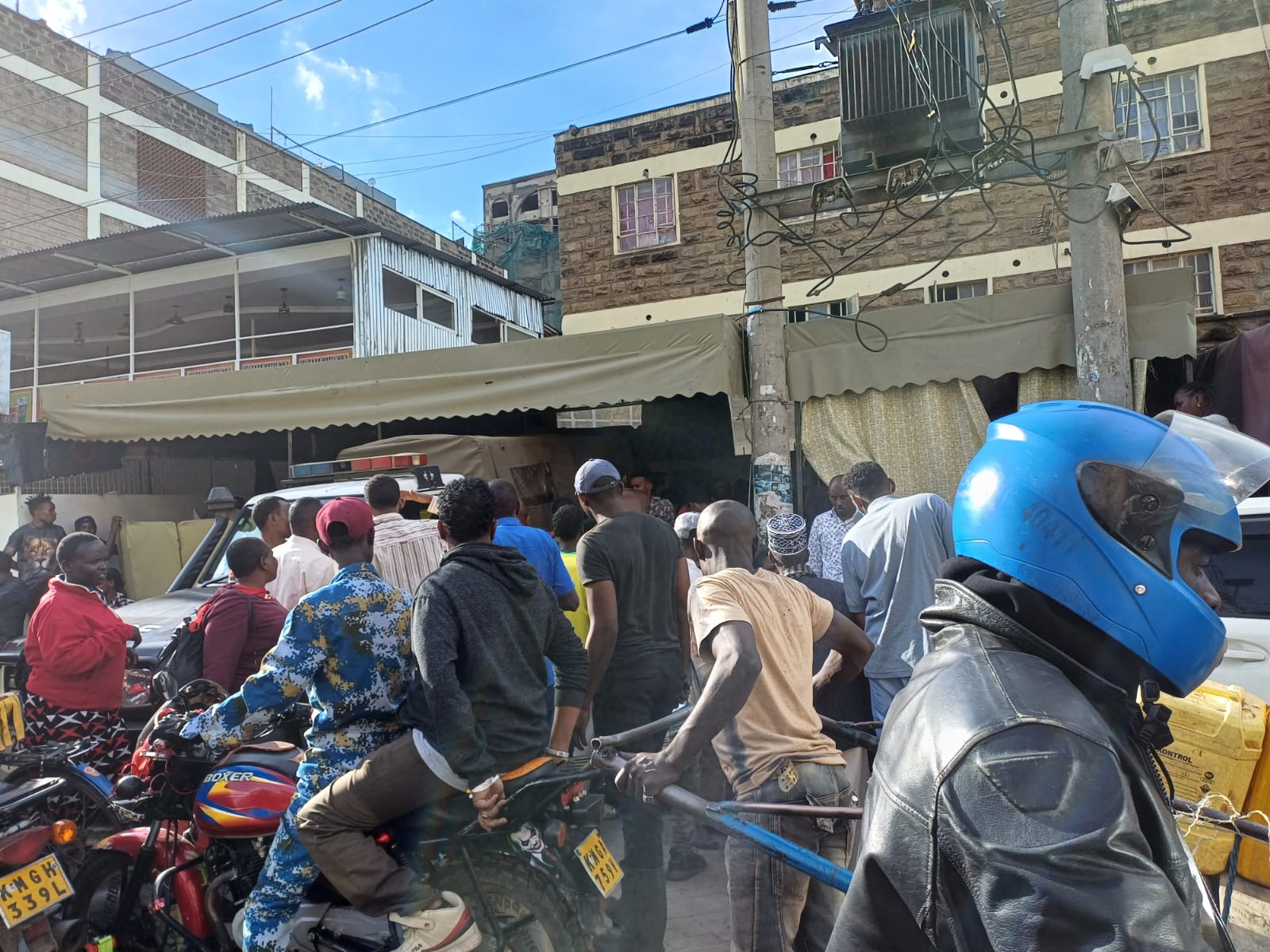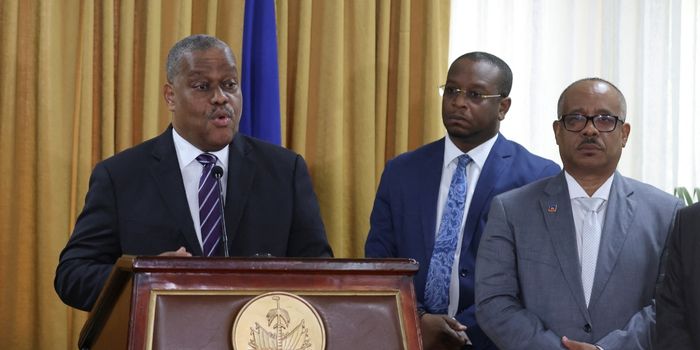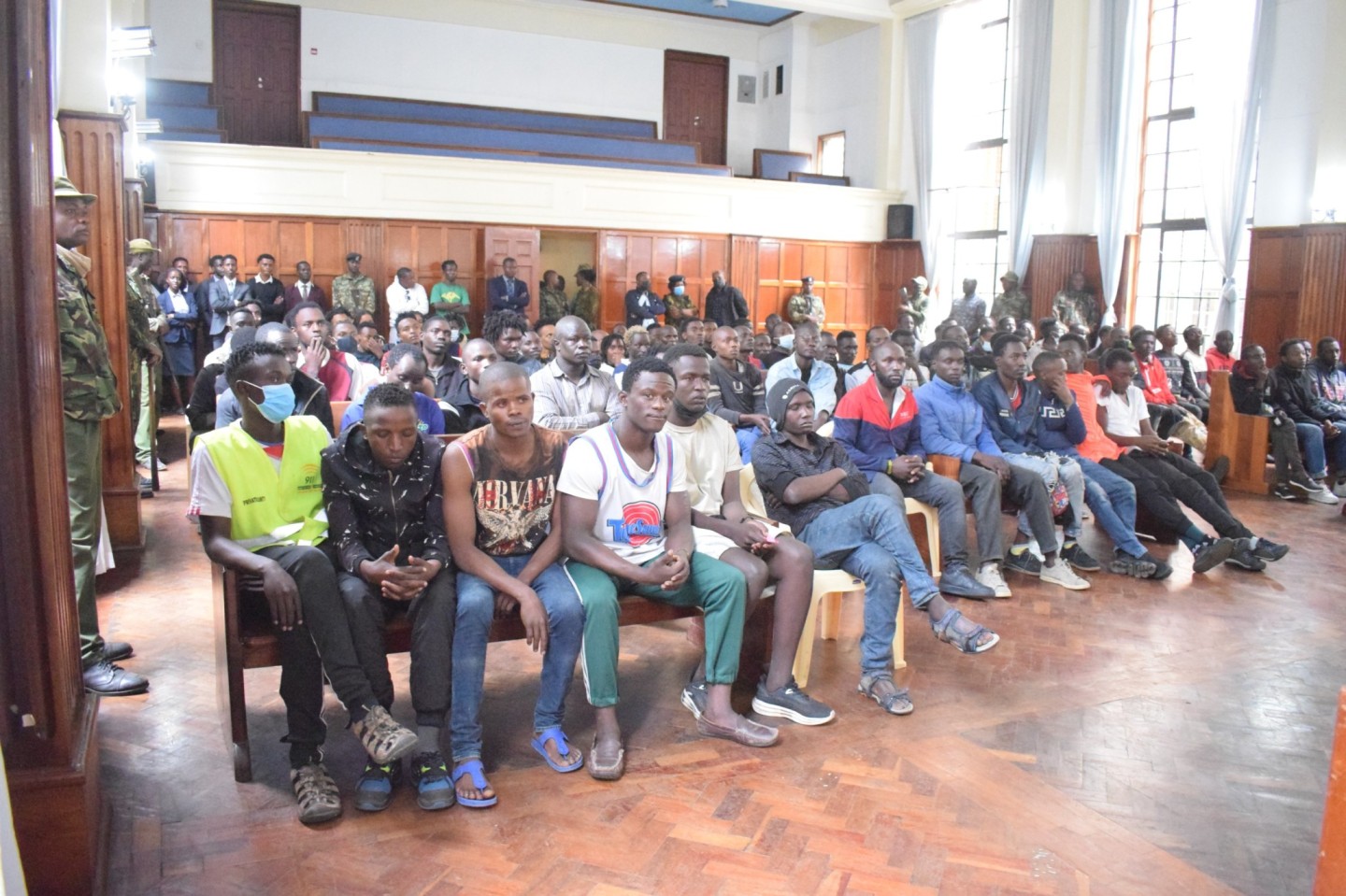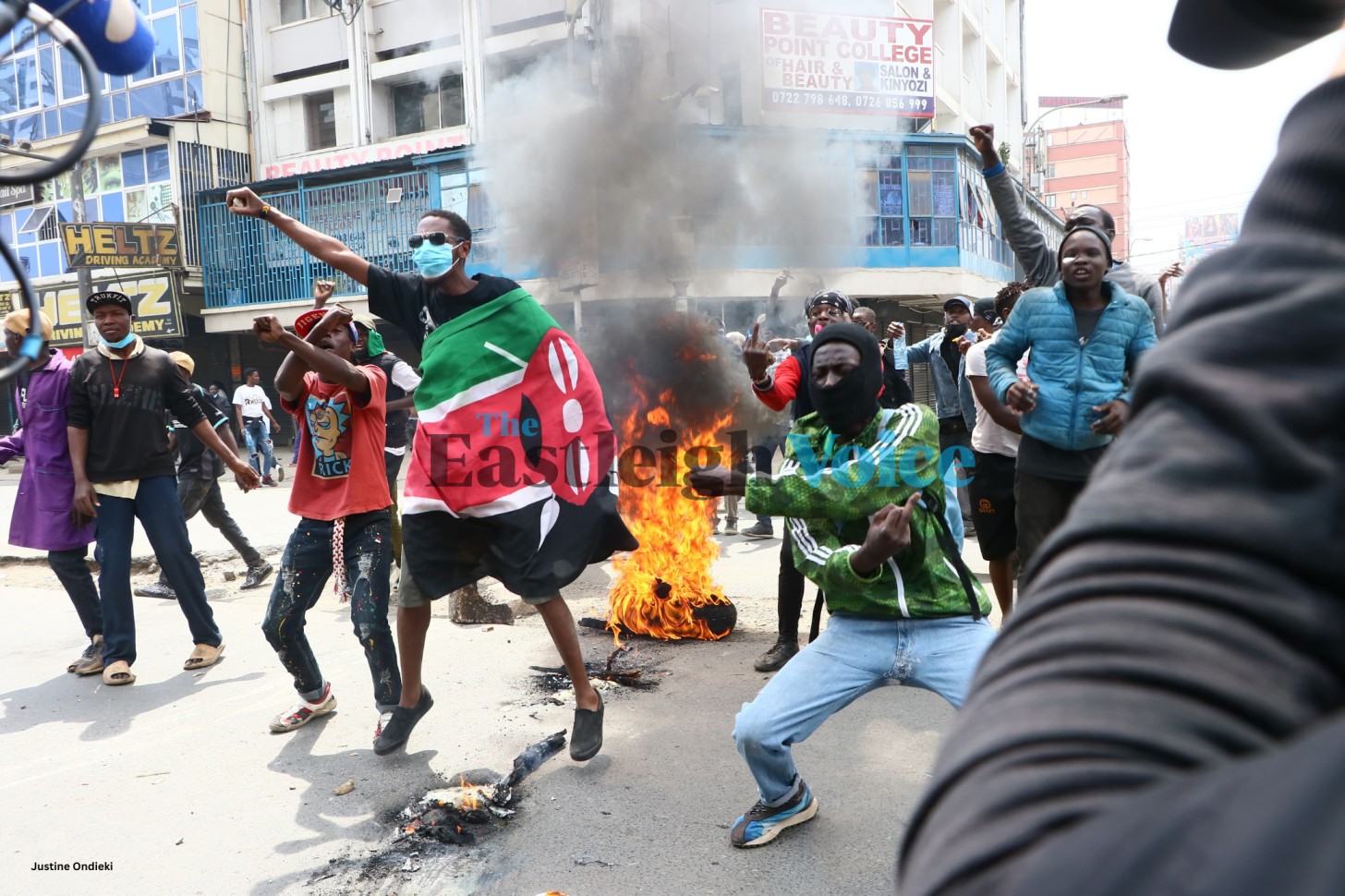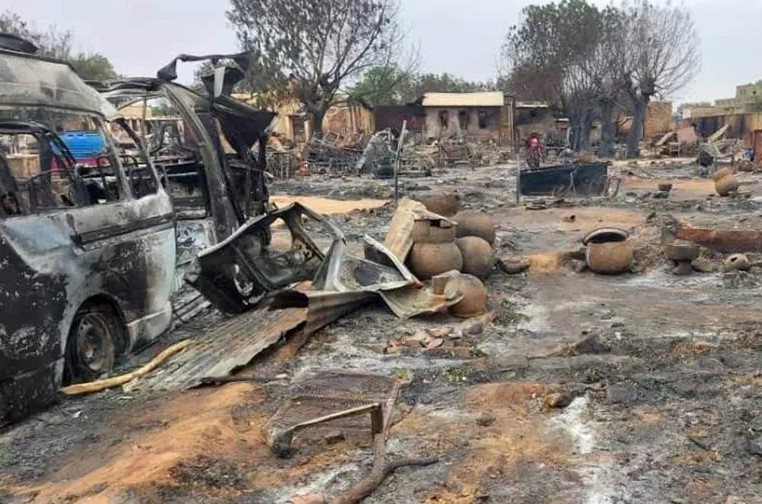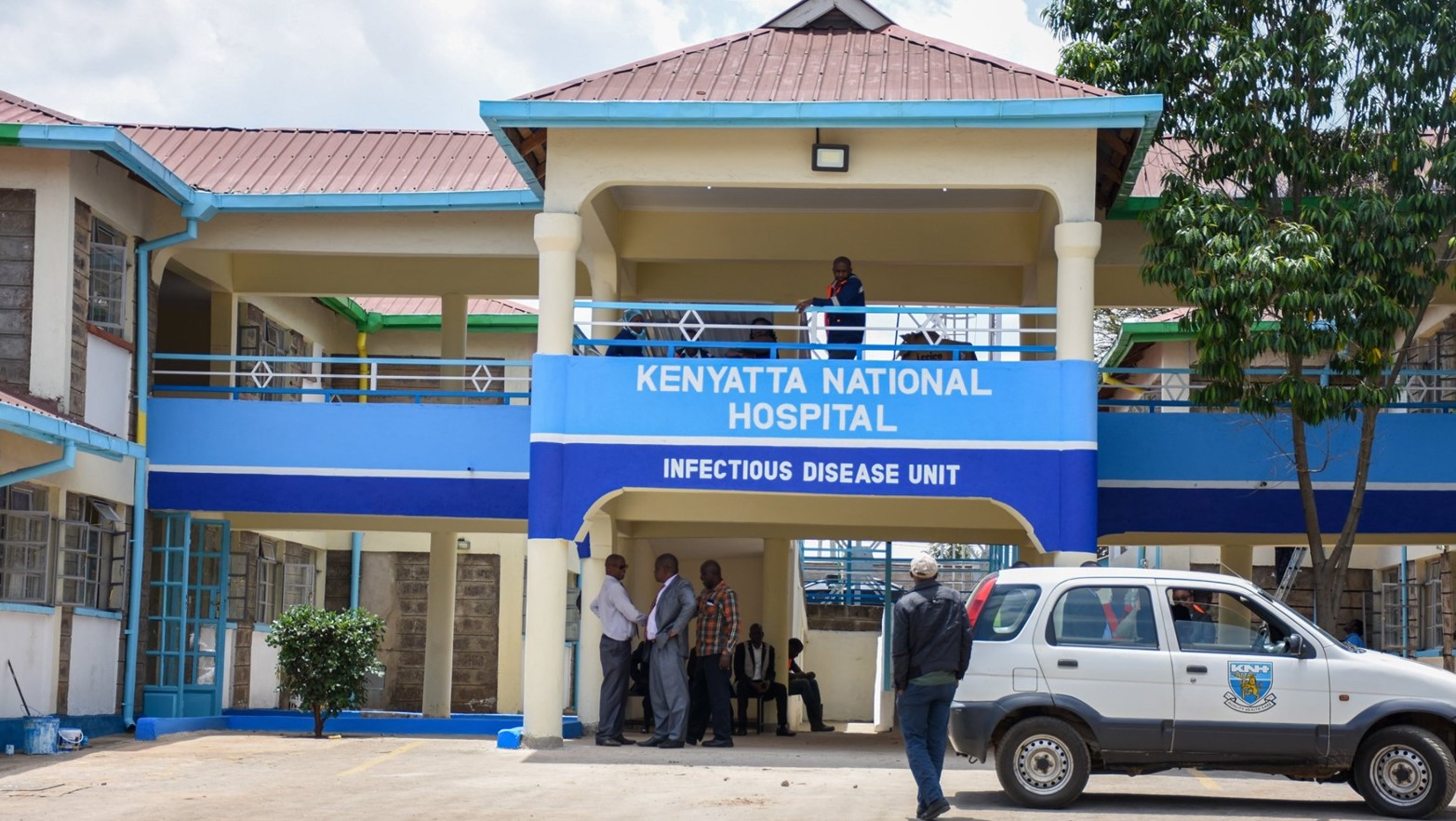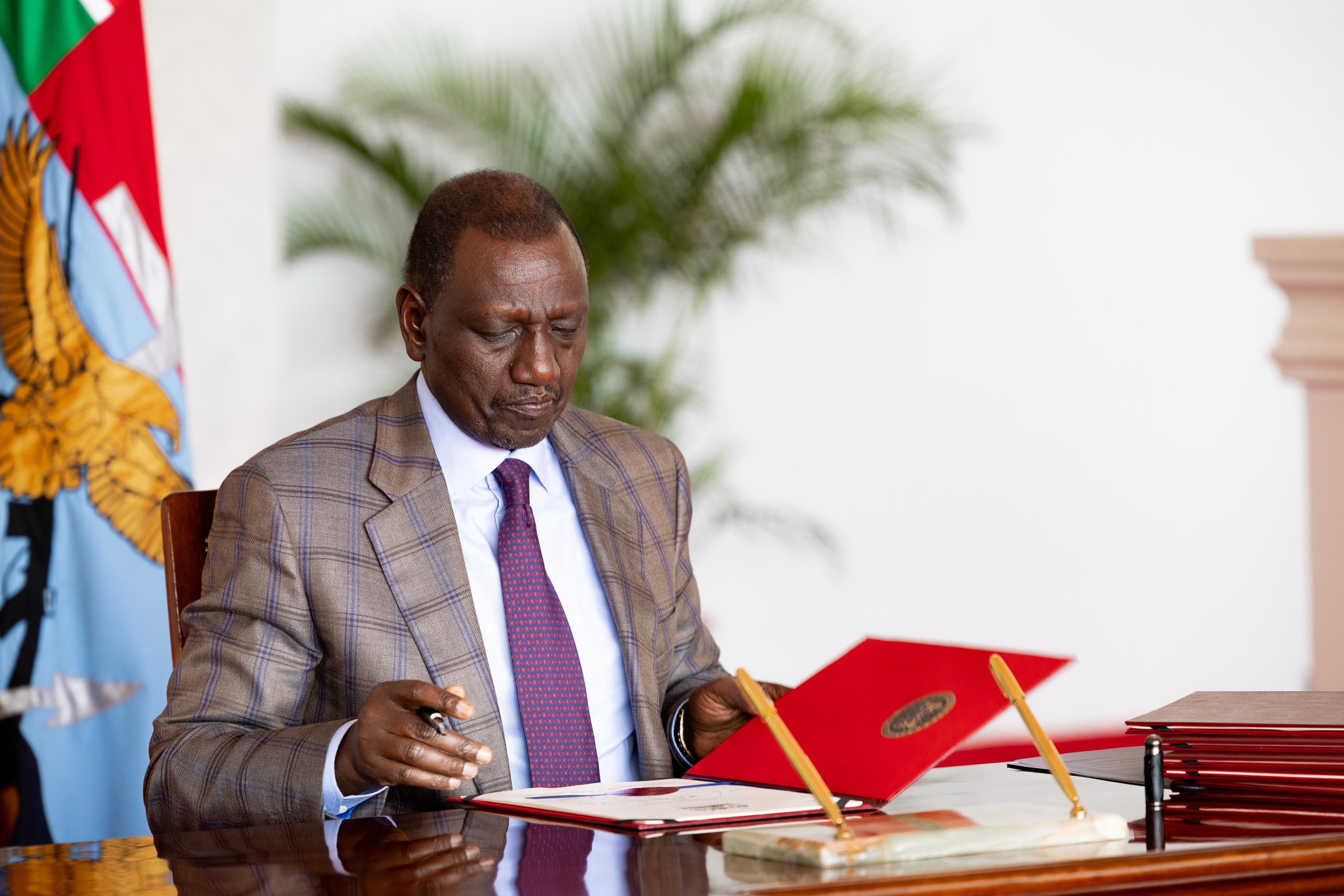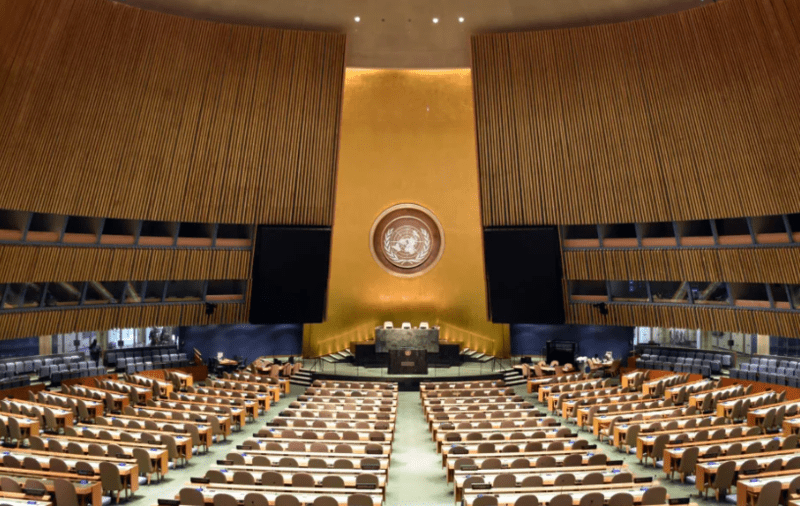Frontier Counties Development Council: The bigger the dream the more the challenges
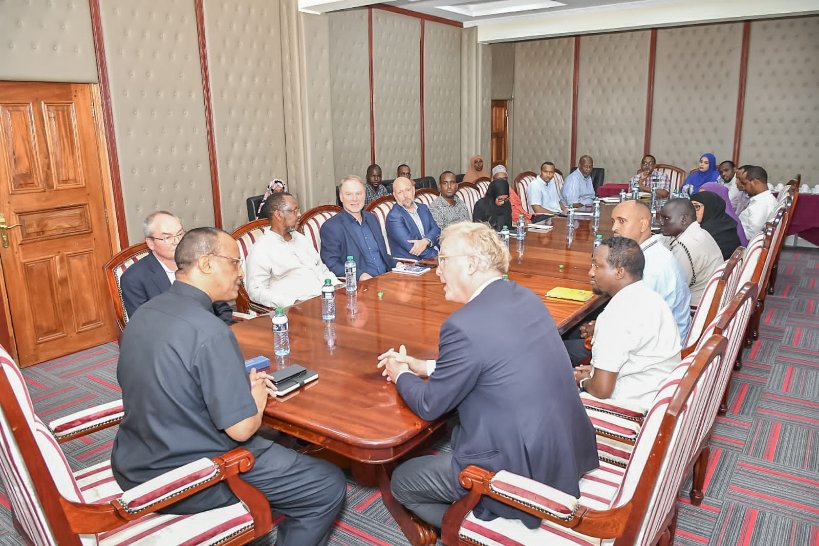
By Barack Oduor |
Before devolution, development indicators of the region were not impressive in almost all sectors
The Swahili words “sirikali saidia,” to mean government to the rescue, was the order of the day of the leadership in northern Kenya before the onset of devolution, a call that was mostly made when an official from the national government visited or a catastrophe had befallen the community.
Devolution saw counties giving birth to regional economic blocs. In North Eastern region, there is the Frontier Counties Development Council (FCDC); a regional grouping of the counties of Baringo, Garissa, Isiolo, Lamu, Mandera, Marsabit, Tana River, Samburu, Turkana, Wajir, and West Pokot. It was established to accelerate the socio-economic transformation of its members.
Keep reading
- Public urged to back Sh63.5B plan to tackle water crisis and floods in ASAL counties
- ASAL State Department decries budget cuts, warns of hampered programme implementation
- Roads development key to bolstering investments - Northern Frontier leaders
- Relief for pastoralists as state launches livestock feeding programme
These counties occupy 377,746.8 square kilometers equivalent to 65 per cent of Kenya’s land area and 12 per cent of the population. They are part of Kenya’s Arid and Semi-Arid Lands (Asals) which comprise 23 of the 47 counties.
Their coming together has been hailed as a game changer in development. Head of Membership Development at Kenya Association of Manufacturers (KAM) Tobias Alando says the idea of forming regional economic blocs among counties is laudable since it will leverage economies of scale in the regions and maximise utilisation of existing opportunities and advantages that come from opportunities of scale for development.
“The establishment of regional blocs is an acknowledgement by the counties that investment will play a key role in the realisation of Vision 2030, which is the development blueprint that seeks to transform Kenya into an industrialised middle-income country, providing a high-quality life to all its citizens by the year 2030,” says Alando.
He notes the idea of economic integration and the establishment of regional blocs were more responsive to the aspirations of economies with geographical identities. He says the blocs if properly managed, will unlock regional economic development in sectors such as agriculture, tourism, trade and industrialisation.
Pre-devolution
Before devolution, development indicators of the region were not impressive in almost all sectors. Six of the 10 counties fall into the bottom fourth of Kenya’s GDP per capita rankings.
The entire region faces limited accessibility, tribal and political conflicts, gender inequality, drought, and environmental degradation. These complex challenges drive food insecurity and poverty and weaken communities’ ability to withstand shocks.
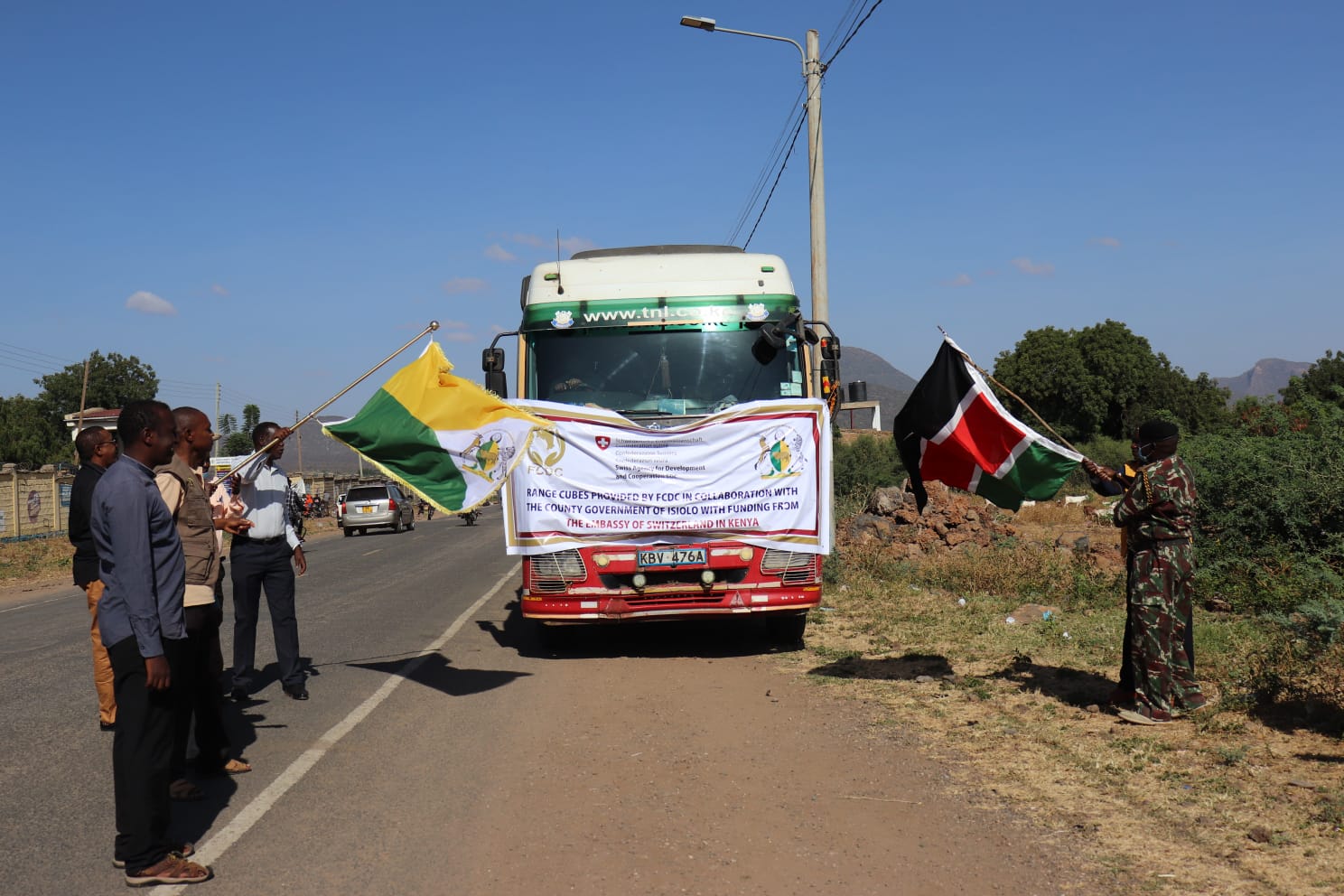 The distribution of animal feed cubes to residents of Merti Sub County in Isiolo on March 1, 2022. (Photo: FCDC)
The distribution of animal feed cubes to residents of Merti Sub County in Isiolo on March 1, 2022. (Photo: FCDC)
FCDC was therefore formed in 2016 to address these constraints and facilitate economic development. However, the council operates as a company limited by guarantee, which means FCDC lacks the legal power to mobilise regional resources or harmonise policies in Northern Kenya.
According to legal expert James Ruteere, in a Kenya Law Review Commission article titled, “Policy and legislative framework for the establishment of regional economic blocs in Kenya,” the constitutional framework for governance in Kenya introduced a two-tier structure with a national government and 47 county governments.
“The emergence of the six regional economic blocs in different regions of the country, pegged on a desire to optimize the comparative advantage of counties, their economies of scale and ability to attract investments has been characterised by the adoption of different forms of institutional structures by the different blocs,” notes Ruteere.
Former President Uhuru Kenyatta, in 2018, while addressing the participants of the inaugural investment conference of the Lake Region Economic Bloc acknowledged the lack of a national policy framework for the institutionalisation and management of economic blocs, instructed the Ministry of Devolution to fast-track its development.
The policy and legislative framework would, among other things, address the nature of instruments of cooperation, the powers of the blocs, their financing, ownership of projects and dispute resolution mechanisms.
The lack of a universal legal framework to allow for funding of the county regional blocs has starved the blocs of funds.
Funding struggles
Council of Governors (CoG) Chief Executive Mary Mwiti said they are struggling to get funding, and have been forced to rely on development partners for support. Mwiti in a past letter to the Senate said five out of the seven blocs are in a financial quagmire.
“There have emerged challenges relating to the process and sources of funding and resource flow to the institutions,” Mwiti said.
The other two blocs are funded by taxpayers, the CoG revealed. Mwiti told the Senate that only the South Eastern Kenya Economic Bloc and Frontier Counties Development Council are funded by the member counties.
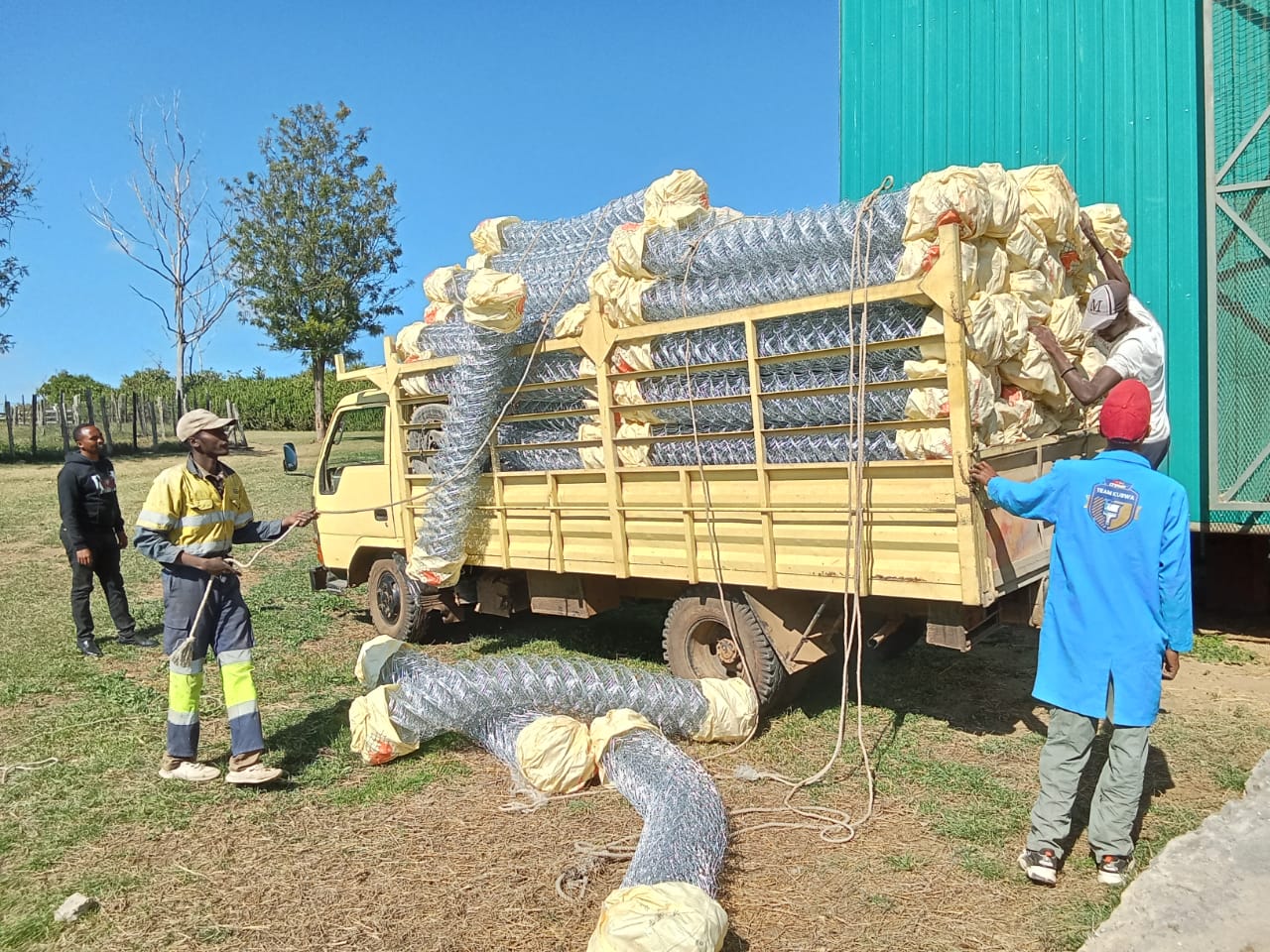 Assorted fencing materials procured by the Frontier Counties Development Council for Nomotio Livestock Improvement Centre on December 7, 2023. (Photo: FCDC)
Assorted fencing materials procured by the Frontier Counties Development Council for Nomotio Livestock Improvement Centre on December 7, 2023. (Photo: FCDC)
The two have enacted a ‘supportive legal and policy framework’ to allow for this funding.
FCDC, on the other hand, has enacted the FCDE Act that allows its members to contribute funds to run its activities. Mwiti was responding to a letter by the Senate’s County Investment and Special Funds Committee that demanded the source of funding for the regional blocs.
The committee had raised concerns that while counties had established the regional blocs and drawing public money to fund them, their accounts had never been audited. This is because they are not anchored in law.
The concerns of leaders in the bloc are pertinent, for example in education, former Mandera Governor and now Senator Ali Roba believes there is much more to be done in the education sector in the region. “I would like to request the FCDC counties to expand and adapt adult education using ECD classes in the afternoon, to change our illiteracy levels and take charge of transforming our region,” says Ali.
Peace
The leaders also believe that the region will only experience development when there is peace. Marsabit Governor Mohamud Ali says pursuing the spirit of collaboration, speaking in one voice and creating a peaceful environment for the residents are some of the reasons they came together.
“Without peace, there is no development. Therefore, we need to implore our people to embrace peaceful co-existence and let all join hands in finding a lasting solution for our people by bringing to an end cattle rustling and other forms of violence including violent extremism,” says Mohamud.
The coming together of the counties also accords them the impetus to pursue the exploitation of natural resources such as minerals. Former Wajir Governor Mohamed Abdi says the region is blessed with resources such as the oil and water in Turkana, minerals in Mandera, West Pokot, coal in Lamu, gas yet to be exploited in Wajir, and above all, the wildlife found in the region.
They have also acknowledged that sustainable development is largely dependent on literacy levels. What it means to them is that the region will be left behind if the situation of lack of access to education persists.
The region faces teacher shortages and learning often remains paralysed in most of the schools with many cases having only the head teacher available to serve the entire school population. There are teacher staffing gaps in Mandera, Wajir and Garissa after the Teachers Service Commission withdrew teachers citing security challenges from the Al Shabaab terror group.
In a research paper titled “We Will Not Watch Like Monkeys”: Development Visions and Conflict Potentials in Northern Kenya,” Kennedy Mkute Agade quips that the remote, peripheral, particularly northern parts of Kenya, historically viewed as unproductive, have come into the spotlight as sites of great strategic importance, suitable for large-scale infrastructure development.
He notes that since colonial times, these counties have shared histories of economic, political and social marginalization. Another important similarity between them is that, since pastoralist communities compete for water and pasture in a drought-prone climate, resource-based conflicts are frequent and institutionalised.

